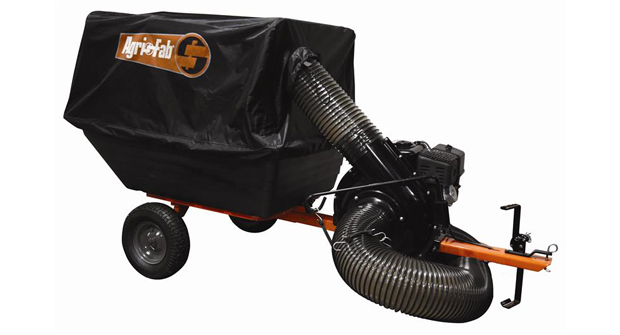Fleetmatics Group issued the first edition of its FleetBeat Report, which outlines the economic impact of telematics adoption by commercial fleets and provides benchmarks for fleet operators.
“The financial and environmental benefits outlined in FleetBeat are profound,” said Jim Travers, Fleetmatics CEO and chairman of the board. “Saving $2.2 billion annually on fuel costs means putting a huge amount of money back into the 10s of thousands of businesses using commercial telematics. That can mean more spending, more jobs, and more overall stability. The report shows there is a real opportunity for organizations of all sizes to boost their bottom line and promote significant growth through the adoption of fleet management solutions. On a larger scale, this drives economic improvement across the business landscape.”
As outlined in FleetBeat, 12.6 percent of all commercial vehicles in the U.S. and Canada currently have telematics units on board. Noting that percentage, the total estimated economic impact of commercial fleet telematics—assuming everyone using this type of technology had the same results as Fleetmatics’ optimized customers—breaks down as follows:
- Decrease in fuel consumption (gallons per year): 573 million;
- Total fuel savings: $2.2 billion;
- Decrease in CO2 emissions (tons per year): 5 million;
- Decrease in payroll hours per year: 1.3 billion; and
- Total cost savings due to decrease in payroll hours: $34.9 billion.
In addition to the economic impact findings, FleetBeat features a section on fleet productivity and utilization trends. This examines data on service call and delivery performance and service radius benchmarks for 12 fleet-driven vertical industries like landscaping. In regard to service calls per day, the study showed Fleetmatics customers experienced a greater than 13 percent increase in stops after implementing the fleet management solution. The report also showed that fleet utilization increased by 15 percent, when comparing the count of active unique vehicles in users’ fleets. This number shows fleets optimized by fleet management software are able to increase the number of service vehicles that service the business’ customers.
FleetBeat also digs into cost efficiencies reporting, examining payroll and fuel savings derived from having an optimized fleet—the report showed the standard workday for optimized fleets decreases 20 percent on average, from 10.6 hours to 8.5 hours, across verticals studies.
Regarding fuel savings, the FleetBeat study concludes when engine idle and engine driving savings are combined, the estimated average savings is $45 per vehicle per month, which equates to a total estimated cost savings of $540 per vehicle per year.
Furthermore, the report looks at seasonal, regional and vertical idling trends, enabling fleet owners to gauge whether their team is spending too much time idling. On average, across verticals studied, a 12 percent decrease in idling minutes (per vehicle per day) was achieved by crews that utilize fleet management technology.
“FleetBeat represents the first time this level of detail and real-world analysis has been presented regarding the broad economic and environmental impact of telematics adoption by commercial fleets,” said Peter Mitchell, CTO for Fleetmatics. “With the fleet management market expected to grow from $10.91 billion in 2013 to $30.45 billion by 2018, we hope the report will serve as a resource to show business owners the immense impact this technology can have on their bottom line.”
Visit Fleetmatics.com to receive the full report and see data specific to landscaping.

